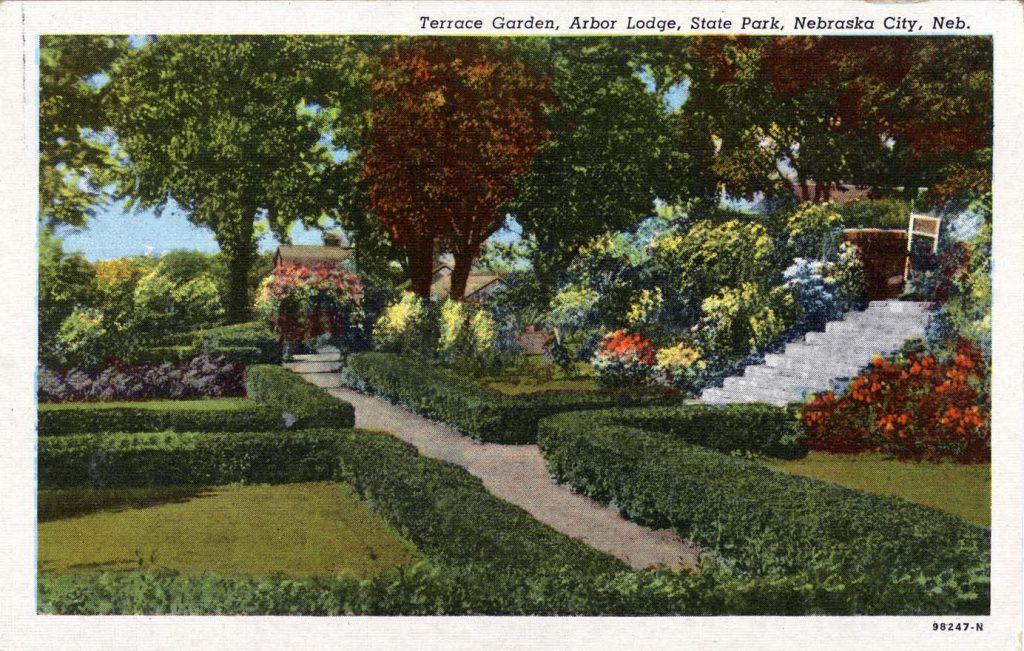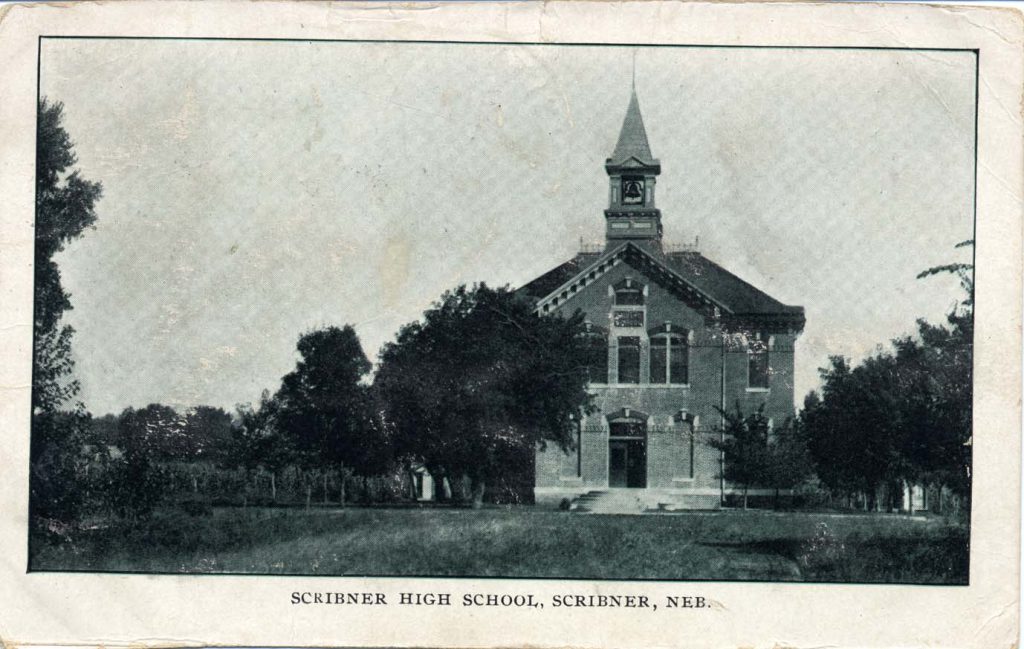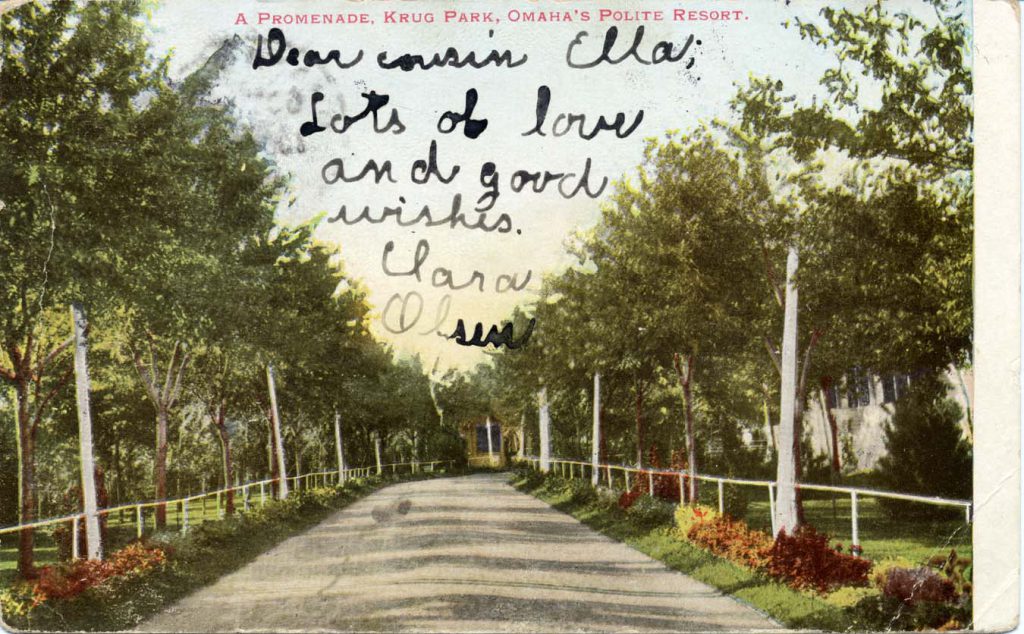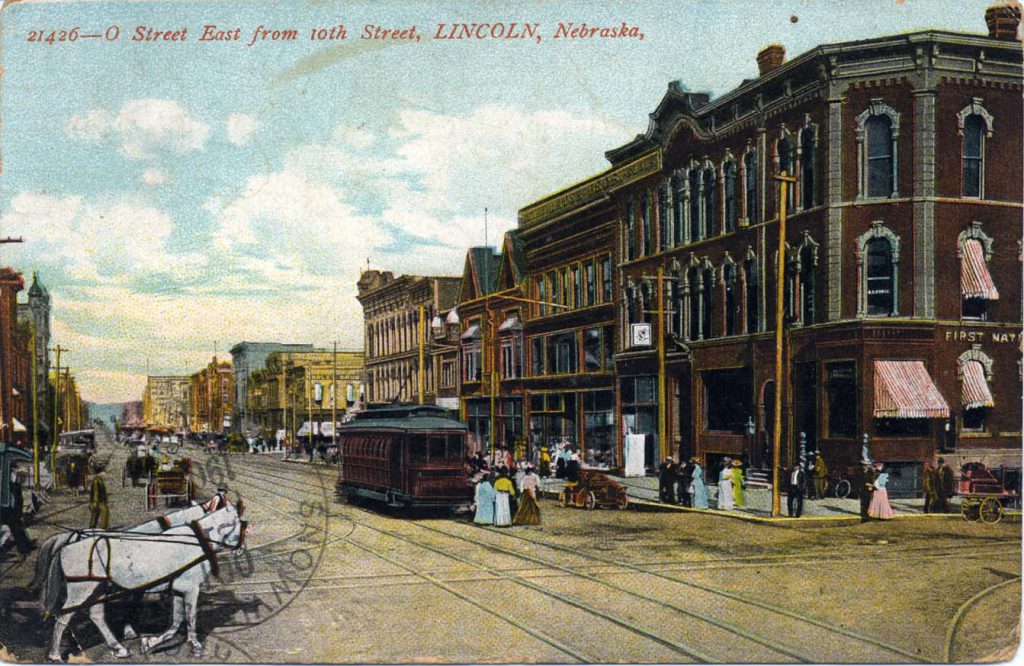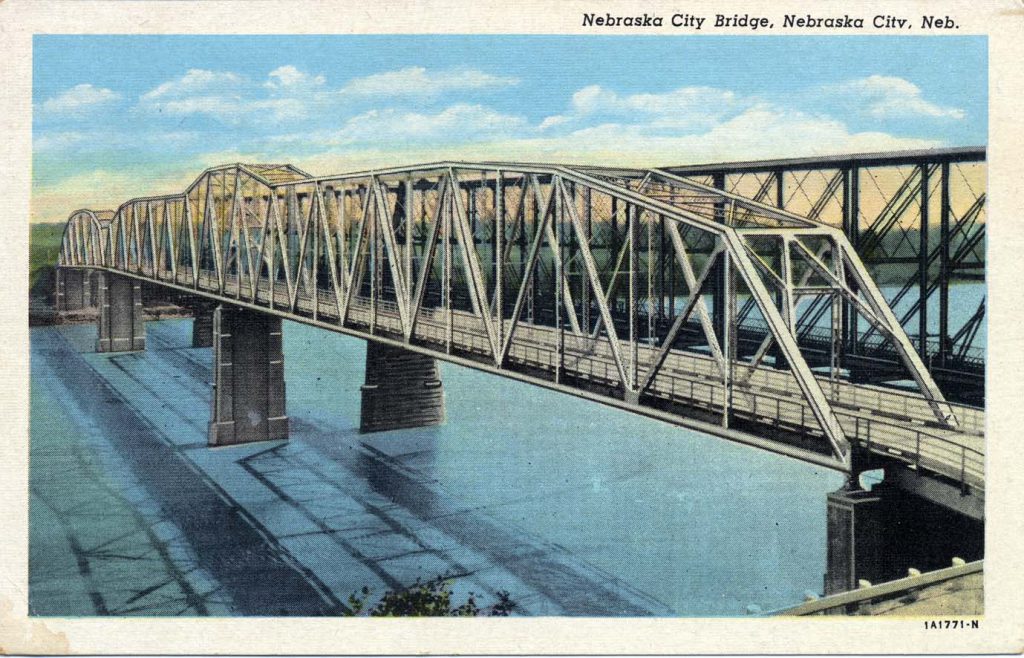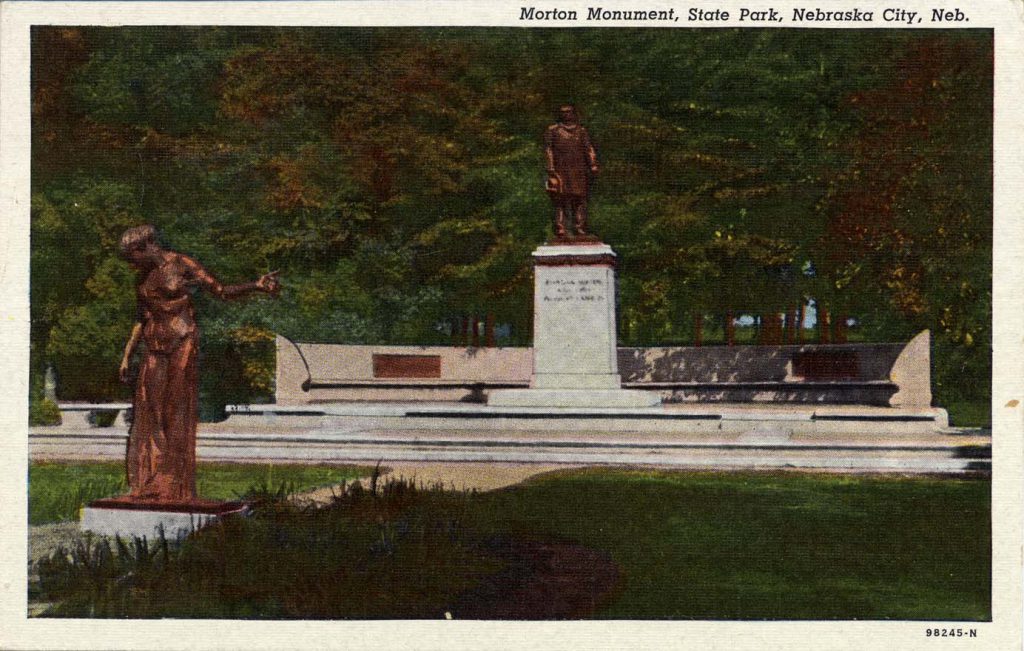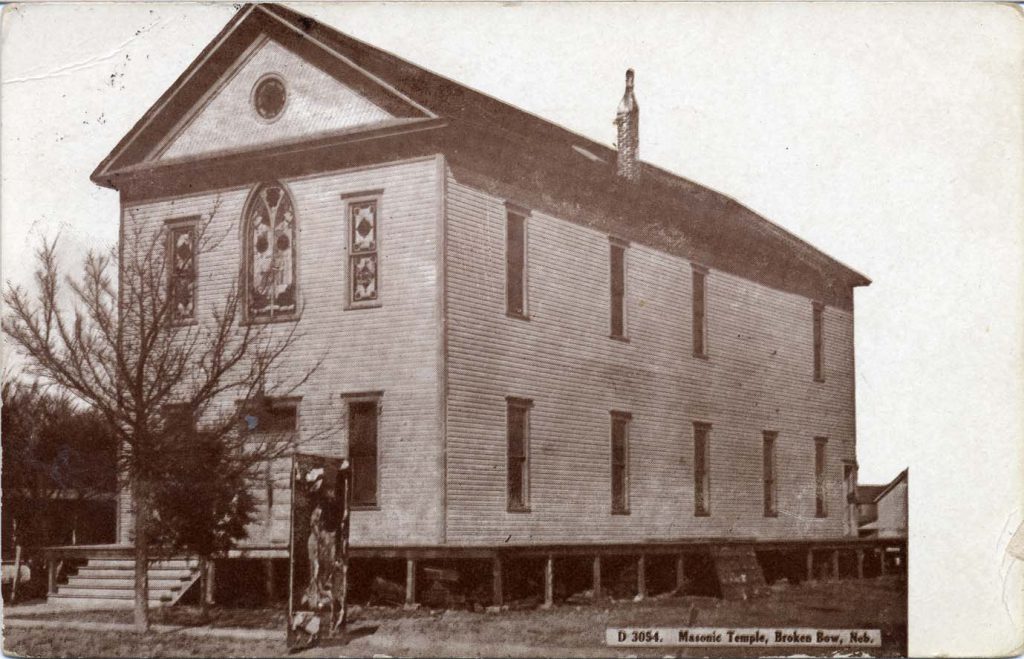Search the Blog
Categories
- Books & Reading
- Broadband Buzz
- Census
- Education & Training
- Friday Reads
- General
- Grants
- Information Resources
- Library Management
- Nebraska Center for the Book
- Nebraska Libraries on the Web
- Nebraska Memories
- Now hiring @ your library
- Preservation
- Pretty Sweet Tech
- Programming
- Public Library Boards of Trustees
- Public Relations
- Talking Book & Braille Service (TBBS)
- Technology
- Uncategorized
- What's Up Doc / Govdocs
- Youth Services
Archives
Subscribe
Category Archives: General
It’s #bookfacefriday!
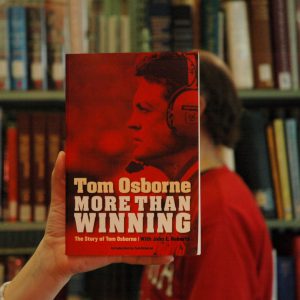 If you’re on social media (Facebook, Instagram, or Twitter) and interested in libraries, you may have come across the hashtags #bookface or #bookfacefriday.
If you’re on social media (Facebook, Instagram, or Twitter) and interested in libraries, you may have come across the hashtags #bookface or #bookfacefriday.
According to the New York Times “bookface involves strategically lining up your face or another body part alongside a book cover that features a matching body part so that there appears a melding of life and art.”
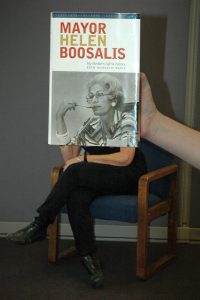 To highlight some of the Nebraska 150 books, we’ve been posing Library Commission staff (and sometimes their kids!) for our own Bookface Fridays. It’s trickier than you’d think! Fortunately we have a photographer with a great eye, and some good-natured staff!
To highlight some of the Nebraska 150 books, we’ve been posing Library Commission staff (and sometimes their kids!) for our own Bookface Fridays. It’s trickier than you’d think! Fortunately we have a photographer with a great eye, and some good-natured staff!
You can see past bookface photos on the Center for the Book’s Facebook page, or check in every Friday to see the latest shot!
Has anyone at your library posted a #bookfacefriday?
Posted in Books & Reading, General
Tagged bookface, bookfacefriday, Facebook, Nebraska Authors
Leave a comment
Throwback Thursday: Terrace Garden, Arbor Lodge State Park
Postcard of Terrace Garden, Arbor Lodge State Park, Nebraska City, Nebraska. Approximate date early 1900’s.
Posted in General
Leave a comment
NASA@My Library
 NASA@ My Library is a national Earth and Space Science initiative that connects NASA, public libraries, and their communities.
NASA@ My Library is a national Earth and Space Science initiative that connects NASA, public libraries, and their communities.
Applications are due today, Wednesday, March 22nd.
Public libraries are invited to apply for NASA@ My Library, a STEM education initiative that will increase and enhance STEM learning opportunities for library patrons throughout the nation, including geographic areas and populations currently underserved in STEM education.
Seventy-five U.S. public libraries will be selected through a competitive application process to become NASA@ My Library Partners and participate in the 18-month project (Phase 1), with the opportunity to extend for an additional two-year period (Phase 2). Applications will be accepted from Feb. 1 to March 22, 2017. For more information or to apply online, visit https://apply.ala.org/nasalibraries.
National Network of Libraries of Medicine April Webinars : Disasters, Data Science, and HealthReach
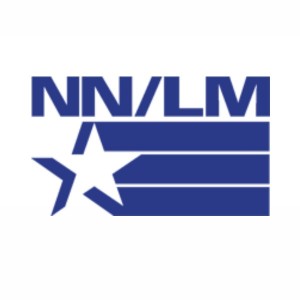 Crisis in the Library: Are You Prepared?
Crisis in the Library: Are You Prepared?
Friday, April 14, 2017, 1 pm MT/ 2 pm CT
This webinar is for the library workforce with ten simple steps to take to be aware of potential hazards and serve as a guide to actions needed to be ready for any disaster affecting the library! The session is based on the 10-Step Approach to Service Continuity Planning developed by Dan Wilson at the Claude Moore Health Sciences Library, University of Virginia Health System. Participants will be shown the tools to assess risk, identify core services and resources at the library and what can be included in a one page disaster plan. Although the webinar is a good overview for those in health sciences libraries, all kinds of libraries can benefit from and adapt the information to their needs. For more information and to register: https://nnlm.gov/class/crisis-library-are-you-prepared/7226
Librarianship and Data Science
Wednesday, April 19, 2017, 10 am MT/ 11 am CT
Don’t miss this opportunity to hear from a panel of professionals who are working in the widening world of health data. Our panel presentation will consist of a data analyst, an information specialist, an academic health sciences data librarian, and a finance data librarian. The panelists will be discussing their interest in data as a career focus, the required skills needed to practice their profession, and the services they would like to see offered by librarians to support the work they do. For more information and to register: https://nnlm.gov/class/librarianship-and-data-science/7090
HealthReach: Health Information in Many Languages
Wednesday, April 26, 2017 1 pm MT/ 2 pm CT
Join us for a one-hour webinar on HealthReach, a quality multilingual, multicultural public health resource developed by the National Library of Medicine. HealthReach provides patient education materials in a number of languages and formats, a collection of tools for healthcare providers, and a collection of information on special topics, such as Emergency and Disaster, Women’s Health and Mental Health. This session will be presented by two members of the HealthReach team from the Division of Specialized Information Services at the National Library of Medicine, Laura Bartlett and Michael Honch. For more information and to register: https://nnlm.gov/class/healthreach-health-information-many-languages/7016
Annette Parde-Maass
Nebraska Outreach Coordinator
National Network of Libraries of Medicine | MidContinental Region
Creighton University Health Sciences Litrary
AnnetteParde-Maass@creighton.edu
402.280.4156
Nebraska Public Libraries Participate in IMLS Internet2® Pilot Program to Assess Rural Library Broadband
During the first week of March, three Nebraska Public Libraries had a unique experience, participating in kick-off site visits for a pilot program funded by a Laura Bush 21st Century Librarian Program grant from the Institute for Museum and Library Services (IMLS). The grant was awarded to Internet2®, a member-owned advanced technology community founded by the nation’s leading higher education institutions in 1996. Internet2® provides a collaborative environment for U.S. research and education organizations to solve common technology challenges and to develop innovative solutions in support of their educational, research, and community service missions.
Public library directors and staff in the Nebraska communities of Valley, Walthill, and Wymore each spent an afternoon with two state employees who are the technical advisors for the site visits to the five Nebraska libraries. Library staff and technical advisors examined the details of each library’s broadband profile. Susannah Spellman from Internet2® participated in site visits to the public libraries in Valley and Wymore. Susannah said, “We are delighted to partner with the Nebraska Library Commission and Network Nebraska to pilot the IMLS-funded Broadband Toolkit. Being able to leverage the library technology expertise of the Nebraska Library Commission, especially from their Library Broadband Builds Nebraska Communities BTOP grant, and the broadband and E-Rate expertise of Network Nebraska delivers an even more powerful learning experience for the library staff involved in the pilot.”
The Toolkit is designed to help library staff assess and evaluate their library’s broadband connection. Topic areas include: how broadband is delivered to the library; the library’s broadband provider; and infrastructure details including inside wiring, types of devices connecting the libraries network, age of wiring and devices, and reliability of the library network (availability and speed). The Toolkit includes links to online resources and a glossary to help guide the staff through the assessment activities. As staff work through the assessment with the technical advisors, they identify quick fixes and long-range plans that are summarized in a customized Broadband Improvement Plan for the library.
All three of the pilot libraries appreciated having an opportunity to learn about the status of the broadband in their libraries and identify improvements that can be made immediately (and in the long term) to better serve the library and their community
“The information in the Toolkit that we received will help us learn and prepare to become a bigger and better community hot spot. We were presented with resources, hands-on demos, suggestions, and best of all—a timeline to accomplish what will help us improve and be a better asset to our community,” said Janet Roberts, Library Director, Wymore Public Library.
Additional site visits are planned for the public libraries in Atkinson and Gering at the end of March.
______________________________________________________________
Internet2® was awarded a Laura Bush 21st Century Librarian Program grant of $248,725 from the Institute for Museum and Library Services (IMLS). Internet2® will pilot a project to develop a broadband network assessment Toolkit and training program for rural and tribal libraries in partnership with the Association of Tribal Archives, Libraries, and Museums; the American Library Association; the Association of Rural and Small Libraries; the Chief Officers of State Library Agencies; and Internet2® member research and education networks. The pilot will include more than thirty library practitioners in at least 30 rural public and tribal libraries across five states, Alaska, Idaho, Kansas, Nebraska, and Oklahoma. The Toolkit will provide training for librarians to advance their understanding of and advocacy for broadband infrastructure in their libraries and will be developed to address library-specific broadband technology and infrastructure needs.
 (l-r) Tom Rolfes, State of Nebraska Office of the Chief Information Officer; Janet Roberts, Wymore Public Library Director; Susannah Spellman, Internet2®, Holly Woldt, Nebraska Library Commission.
(l-r) Tom Rolfes, State of Nebraska Office of the Chief Information Officer; Janet Roberts, Wymore Public Library Director; Susannah Spellman, Internet2®, Holly Woldt, Nebraska Library Commission.
Posted in Education & Training, General, Grants, Library Management, Technology
Leave a comment
Throwback Thursday: Promenade Krog Park, Omaha, Nebraska
Postcard of Promenade Krog Park, Omaha’s Polite Resort, Omaha, Nebraska. Approximate date early 1900’s.
Posted in General, Nebraska Memories
Leave a comment
Throwback Thursday: O Street East from 10th Street, Lincoln, Nebraska
Posted in General
Leave a comment
Small Libraries Ready to Create Smart Spaces
 Small Libraries Create Smart Spaces is a new project from WebJunction just getting underway. More than 100 libraries applied, and 15 small and rural libraries were chosen to participate in this project, which will support them as they reimagine and reconfigure their libraries into smart spaces. The cohort of 15 libraries formally kicked off their training this month, and while they are focused on learning, let’s learn more about them! Join us on this four-part virtual road trip around the US to meet the 15 libraries and their communities—second stop, South Dakota, Iowa and Minnesota!
Small Libraries Create Smart Spaces is a new project from WebJunction just getting underway. More than 100 libraries applied, and 15 small and rural libraries were chosen to participate in this project, which will support them as they reimagine and reconfigure their libraries into smart spaces. The cohort of 15 libraries formally kicked off their training this month, and while they are focused on learning, let’s learn more about them! Join us on this four-part virtual road trip around the US to meet the 15 libraries and their communities—second stop, South Dakota, Iowa and Minnesota!
Read the full article here!
Free Webinar! Privacy Literacy at Your Library
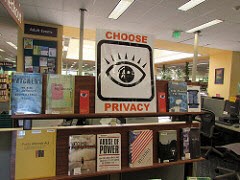 A few keyboard strokes and a click of the mouse and your personal information becomes data stored somewhere. What happens to all that information you enter online? What was in that terms of service statement you accepted? From Google search results to your library borrowing record to online shopping habits, there are real considerations to our online presence and how we share information. How do we make sense of the realities of online privacy both for ourselves and for our library patrons?
A few keyboard strokes and a click of the mouse and your personal information becomes data stored somewhere. What happens to all that information you enter online? What was in that terms of service statement you accepted? From Google search results to your library borrowing record to online shopping habits, there are real considerations to our online presence and how we share information. How do we make sense of the realities of online privacy both for ourselves and for our library patrons?
Libraries can play a powerful role in guiding patrons to information about how their online information is used and what to be aware of when going online. This month, on March 7, Erin Berman from the San José Public Library (CA) and a Library Journal Mover & Shaker, will present the webinar Privacy Literacy at Your Library . Erin will share the resources developed through her library’s Virtual Privacy Lab that guides users through topics such as social media and security, and provide personalized tips, links and resources that enable them to feel safe and confident online. Register today and join us for this free event that can help you and your patrons!
Title: Privacy Literacy at Your Library, a webinar about the Virtual Privacy Lab, a privacy literacy resource available to all, which helps library patrons feel safe and confident online.
Date: March 7th, 2017
Time: 3:00 PM – 4:00 PM Eastern Standard Time
Save
Friday Reads: The Sari Shop Widow
 Anjali Kapadia is in a bit of trouble. Her family’s business, a chic sari boutique named Silk & Sapphires in the heart of New Jersey’s Little India, is in financial trouble. In an effort to save the business from bankruptcy, her father has called on his entrepreneur brother, Jeevan Kapadia, to come and help. However, Jeevan has a reputation for being a bit of a dictator; he likes things done his way, or not at all. The idea fills Anjali with dread, but she will do just about anything for this business, which she helped build after the death of her husband ten years earlier.
Anjali Kapadia is in a bit of trouble. Her family’s business, a chic sari boutique named Silk & Sapphires in the heart of New Jersey’s Little India, is in financial trouble. In an effort to save the business from bankruptcy, her father has called on his entrepreneur brother, Jeevan Kapadia, to come and help. However, Jeevan has a reputation for being a bit of a dictator; he likes things done his way, or not at all. The idea fills Anjali with dread, but she will do just about anything for this business, which she helped build after the death of her husband ten years earlier.
When Jeevan arrives, though, he is not what Anjali was expecting, and he brings along a visitor he treats like a son. Rishi Shan is Jeevan’s partner in business, and has brought along some ideas that will radically change the small boutique Anjali has put her heart and soul into. What’s more, he imposes on Anjali’s life in a way that makes her wonder if she’ll lose her heart to him in the process.
The Sari Shop Widow is a lovely story that gives readers an insight into Indian culture and values. The need for Anjali to remarry is the underlying current throughout the novel, and the traditional values of her uncle and parents war with her mainstream American views of the world. Yet the relationships Anjali deals with are universal, so anyone, whether familiar with Indian culture or not, will enjoy the story.
What’s Up Doc? New State Agency Publications at the Nebraska Library Commission
New state agency publications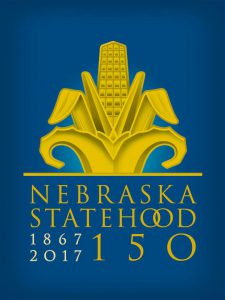 have been received at the Nebraska Library Commission for February 2017. Included are titles from the Nebraska Auditor of Public Accounts, the Nebraska Emergency Management Agency, the Nebraska Department of Environmental Quality, the Nebraska Department of Roads, and the University of Nebraska Press, to name a few.
have been received at the Nebraska Library Commission for February 2017. Included are titles from the Nebraska Auditor of Public Accounts, the Nebraska Emergency Management Agency, the Nebraska Department of Environmental Quality, the Nebraska Department of Roads, and the University of Nebraska Press, to name a few.
Doc Spot: Unicameral Update
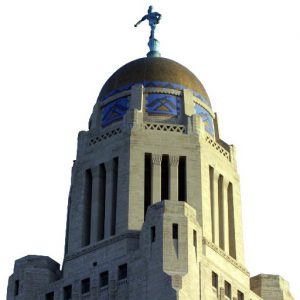 The Unicameral Update is a newsletter produced during each legislative session by the Clerk of the Legislature’s Unicameral Information Office since 1977. The Update covers legislative activity, including floor action and committee hearings, and is available daily online and weekly in print.
The Unicameral Update is a newsletter produced during each legislative session by the Clerk of the Legislature’s Unicameral Information Office since 1977. The Update covers legislative activity, including floor action and committee hearings, and is available daily online and weekly in print.
To see the Update online, click on any of the highlighted links above.
To receive a free print subscription to the Unicameral Update, call (402)-471-2788, or send an email to Clerk of the Legislature.
The Unicameral Update is also available in audio to Talking Book and Braille (TBBS) patrons. For more information, contact TBBS at (800) 742-7691.
Save
Eclipse Glasses and Eclipse Education Kit
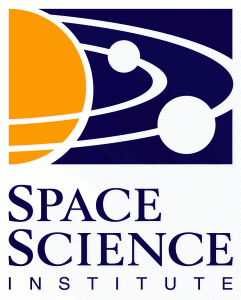 On August 21, 2017, a spectacular total eclipse of the Sun will be visible across the width of the continental U.S. for the first time since 1918. Every state will have at least 60% of the Sun covered by the Moon, and lucky people on a narrow path from Oregon to South Carolina will see the stunning beauty of totality. STAR_Net’s NASA@ My Library initiative with support from NASA, the Gordon and Betty Moore Foundation, Research Corporation, and Google, is distributing over 2 million solar viewing glasses and an Eclipse Education Kit to public libraries.
On August 21, 2017, a spectacular total eclipse of the Sun will be visible across the width of the continental U.S. for the first time since 1918. Every state will have at least 60% of the Sun covered by the Moon, and lucky people on a narrow path from Oregon to South Carolina will see the stunning beauty of totality. STAR_Net’s NASA@ My Library initiative with support from NASA, the Gordon and Betty Moore Foundation, Research Corporation, and Google, is distributing over 2 million solar viewing glasses and an Eclipse Education Kit to public libraries.
Free Educational Resources at Census.gov
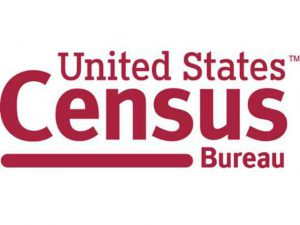 Census.gov Can Help You!
Census.gov Can Help You!
Let Census.gov show you how to find and use Census data for your everyday uses, including informing your business planning, supporting grant proposals and research projects, planning of local schools and hospitals, and much more! Whether you’re looking for economic or demographic data, we can teach you how to get what you need for your various projects.
Options for Learning
There are three main ways that you can learn to find Census data. And all of it is free!
- Webinars – see the list below for our upcoming webinars. No registration is needed.
We also have a network of Data Specialists who can provide training throughout the nation – these webinars require registration. - Video Tutorials – We have a growing number in our Training Resources Library.
- Classroom Training – We do this when distance and staff resources allow. Often, as an alternative to a classroom training, we can schedule a webinar for you on the topic you’re interested in!
Take Advantage of the Data Today!
Upcoming Trainings:
Posted in Census, Education & Training, General, Information Resources, Technology, Uncategorized, What's Up Doc / Govdocs
Tagged census
Leave a comment
Talking Book Advisory Committee Seeks Nominees
FOR IMMEDIATE RELEASE:
February 17, 2016
FOR MORE INFORMATION:
Scott Scholz
402-471-6553
800-742-7691
Talking Book Advisory Committee Seeks Nominees
Two vacancies currently exist on the Advisory Committee to the Nebraska Library Commission Talking Book and Braille Service. The purpose of the committee is to represent the needs of talking book and Braille borrowers and to make recommendations concerning library policies, services, and programs. Membership consists primarily of library users but may include librarians, educators, health care providers, and others who understand the needs of individuals with disabilities. The committee normally meets twice a year.
The Talking Book and Braille Service provides free talking books, magazines, playback equipment, and Braille to any resident of Nebraska who cannot see regular print, or hold a book, or turn its pages. Books and magazines are received and returned through the mail postage-free or downloaded directly from the Internet. Persons interested in serving on the committee should contact Scott Scholz, Talking Book and Braille Service Director, 1200 N Street, Suite 120, Lincoln, NE 68508-2023. Phone: 402-471-6553 or 800-742-7691, fax: 402-471-6244, email: nlc.talkingbook@nebraska.gov. Deadline: March 20, 2017.
As Nebraska’s state library agency, the Nebraska Library Commission is an advocate for the library and information needs of all Nebraskans. The mission of the Library Commission is statewide promotion, development, and coordination of library and information services-“bringing together people and information.”
The most up-to-date news releases from the Nebraska Library Commission are always available on the Library Commission Website, http://nlc.nebraska.gov/publications/newsreleases.
Free Webinars from National Network of Libraries of Medicine/MidContinental Region
 Tomorrow! Discover NLM Resources and More: Resources for K-12 Health & Science Education
Tomorrow! Discover NLM Resources and More: Resources for K-12 Health & Science Education
Wednesday, February 22, 2017 1pm MT / 2pm CT
Register: https://nnlm.gov/class/resources-k-12-health-science-education/6792
Did you know that the National Library of Medicine has K-12 lesson plans, a resource page and twitter feed for K-12 educators, and sites designed specifically for children and teens? If you would like to learn more about these health and science resources, join us for our webinar on Wednesday, February 22. Annette Parde-Maass, MCR Education and Nebraska Outreach Coordinator, will walk through the resources, give examples on how they could be used, and ask participants to brainstorm and share additional purposes applicable to their own settings.
Breezing Along with the RML
Topic: Instructional Design
Wednesday, March 15, 2017, 10 am MT/ 11 am CT
Register: https://nnlm.gov/class/instructional-design/7089
Do you want to make your classes and presentations more effective and engaging? Do you want to offer learning experiences that really matter? If so, then the NNLM MCR has a great session on instructional design (ID) to get you started with not one, not two, but three experts. ID is a model to help you determine why the training is needed, design your instructional strategy, develop materials, decide how the content will be delivered to learners, and determine if you met your expected results. Participants will receive instruction on key elements that comprise the ID framework, practice those elements in problem-based virtual breakout groups, and then share the results with fellow virtual attendees.
Presenters: Lisha Bustos, Lead Instructional Designer, University of Colorado; Christine Mousavi Cook, eLearning & Instructional Design Professional, University of Colorado; Michael Kanzanjian, Instructional Design Professional, ECHO Colorado
NNLM Resource Picks: How to Make the Most of Your National Library of Medicine Traveling Banner Exhibition!
Wednesday, March 29, 2017, 1 pm MT/ 2 pm CT
Register: https://nnlm.gov/class/how-make-most-your-national-library-medicine-traveling-banner-exhibition/277
The National Library of Medicine (NLM) provides traveling exhibitions about the social and cultural history of medicine. In 2016, the Pacific Northwest Regional Medical Library hosted a national questionnaire asking librarians what they would like to learn about hosting one of these exhibitions. Over 250 librarians responded with questions and ideas. This webinar is shaped by their responses. Join us to learn what your colleagues are doing to reach new audiences using NLM traveling exhibitions.
Presenters: Patricia Touhy, National Library of Medicine; Jennifer Butler Keeton, Florence-Lauderdale Public Library; Eva Sclipa, Alfred University; Thomas Lawrence Long, University of Connecticut; Donna Smith, Palm Beach County Library System; Nicole Hughes, Palm Beach County Library System
Courses for the Consumer Health Information Specialization:
The Consumer Health Information Specialization (CHIS) provides additional expertise in the area of consumer health and keeps you current on relevant issues in the field. NNLM provides free classes for CE credit towards this specialization. Here are a few upcoming online courses:
- ABCs of DNA: Unraveling the Mystery of Genetics Information for Consumers. March 13, 2017 – April 17, 2017. For more information and registration: https://nnlm.gov/class/abcs-dna-unraveling-mystery-genetics-information-consumers/6508
- Promoting Health Literacy through Easy-to-Read Materials. April 17, 2017 – May 15, 2017. For more information and registration: https://nnlm.gov/class/promoting-health-literacy-through-easy-read-materials/6570
For more information on CHIS CE requirements: http://www.mlanet.org/p/cm/ld/fid=329
For information on MCR funding to cover CHIS certificate application: https://nnlm.gov/mcr/funding/consumer-health-information-specialization-chis-certification-funding
Annette Parde-Maass
Nebraska Outreach Coordinator
National Network of Libraries of Medicine/MidContinental Region
AnnetteParde-Maass@creighton.edu
402.280.4156
